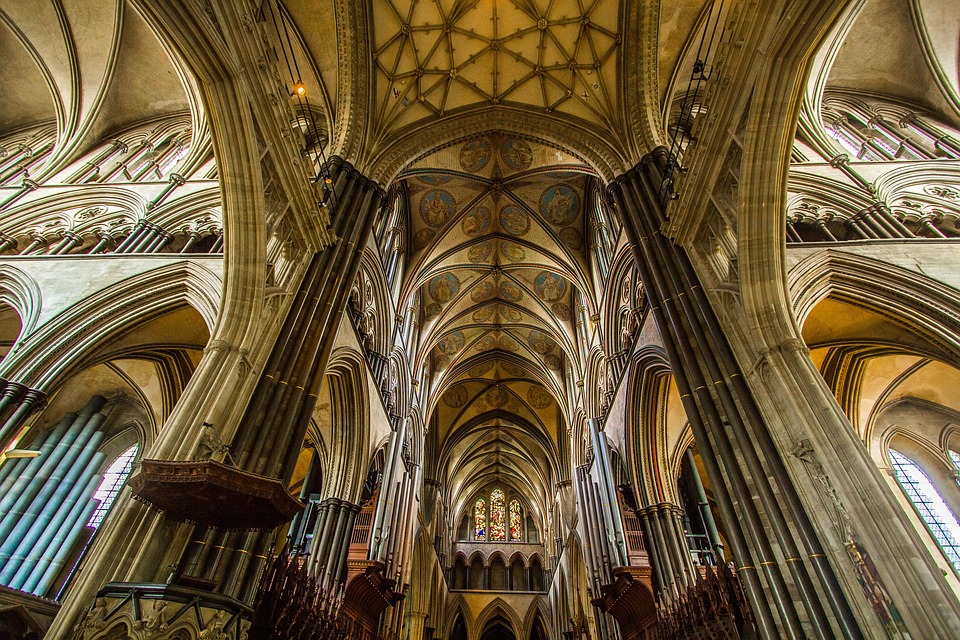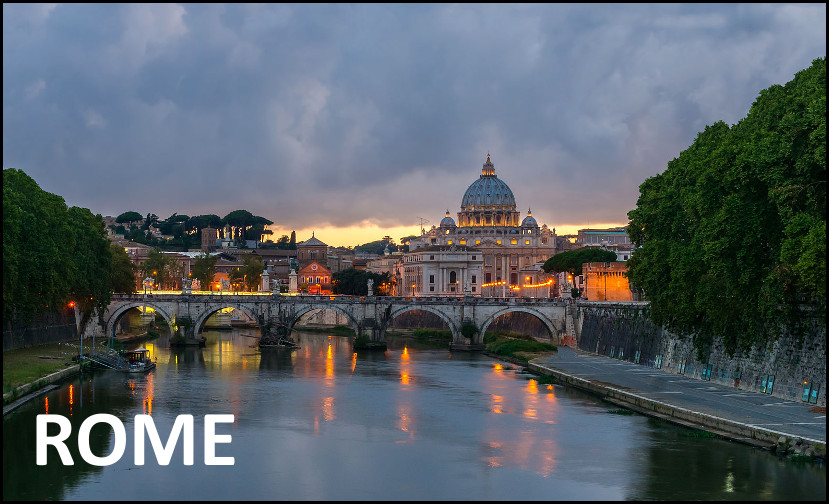WHY VISIT MINSK
Minsk is the most important city in Belarus, as well as its capital. It has almost 2 million inhabitants spread over an area of 305.47 square kilometers and is located on the southeastern border of the Minsk Hills region: more precisely in an area of mixed forests, crossed by the Svislach River.
It is characterized by a humid continental climate, which alternates rather harsh winters to hot semi-boreal summers thanks to the influence of the humid air from the Baltic Sea and dry air from the Eurasian areas: the average during the month of January (the coldest month of the year) is -4.5° C, while that of July (the hottest) is 18.5° C.
Minsk is divided into 9 districts whose names are closely linked to its Soviet history: the district Sovetkij has a name that speaks clearly, as well as the Leninsky district (in honor of the well-known Russian politician) or the Oktjabr’skij district which refers to the October Revolution. For the rest, the city is surrounded by 32 “Mikroraojn“, or small settlements outside the historic center.
The origins of Minsk merge History and Legend: it is a popular belief that a giant named Menesk (or Mincz) lived along the riverbank in a mill, where he milled stones to make bread with which to feed their warriors. The name “Minsk” could however also derive from the word “мена” (“barter” in English) and refer to the commercial history of the city. What is certain is that the first mention of Minsk dates back to the year 1066 after Christ and is related to the dynastic struggles between the principality of Polatsk and that of Kiev.
During the seventeenth century, it became part of the Polish-Lithuanian Confederation, while in 1795 it was once again annexed to the Russian Empire, becoming the capital of a homonymous governorate. The twentieth century is still marked by political instability: the city is first controlled by the Second Republic of Poland, then, following the Peace of Riga, is once again sold to the Soviet Union, becoming the capital of Belarus.
Later, during the Great Patriotic War, Minsk will stand out for the courage with which it resisted the harsh Nazi attacks (it was almost completely destroyed), obtaining in 1974 the title of “Heroine City”, an award given to only 11 other cities of the ‘Union.
WHAT TO SEE IN MINSK
Top attractions not to be missed are:
- Upper City
- City Gates
- Church of All Saints
- Independence Square
- Victory Square
- Church of Saints Simon and Helena
- Holy Spirit Cathedral
- Gorkiy Park
- National Library of Belarus
- National Opera and Ballet Theatre of Belarus
- Monument to Fallen Jewish People on March 2, 1942
- Zero Kilometr of Belarus
- Archcathedral Holy Name of the Blessed Virgin Mary
Following instead some hidden spots of the city that only locals know!
- Murals of Kastrychnitskaya str.
- Trinity Hill (Траецкае Прадмесце)
- Saint Elisabeth Convent
- Sendai Public Garden (Myasnikova Street, 40)
WHEN TO GO TO MINSK
The best period to visit Minsk is from May to September.
Following a list of main events and typical festivals and celebrations of Minsk.
- Vulica Brasil
- FSP Freaky Summer Party
- Mensk Staryzhytny
- International festival Vladimir Spivakov Invites
- International sled dog race Zavirukha
- Festival of modern art and vanguard fashion Mamont
HOW TO REACH AND MOVE IN MINSK
The main airport is the Minsk Airport
WHAT TO DO IN MINSK
typical dishes of Minsk are:
- Borshch (soup made with beetroot, served hot and with sour cream).
- Hribnoy sup (delicious mushroom and barley soup).
- Kotleta pokrestyansky (pork smothered in a mushroom sauce).
- Dracheny (a local tasty potato dish with mushrooms).
- Draniki (potato pancakes served with pickled berries).
- Mochanka (thick soup mixed with lard accompanied by hot pancakes).
- Vereshchaka (thick pork soup with beer or Kvas accompanied with buckwheat pancakes).
- Pyzy (potato dumplings in a form of knobs with meat mince).
- Kishka (sausage made of pork meat and potatoes).
- Lazanki (creamy triangle- or rectangle-shaped pasta eaten with pieces of fatty pork sausages, melted cheese or sour cream).
- Zrazy (rolled thin slices of beef, flavored with salt and pepper and stuffed with vegetables, mushrooms, eggs and potato.).
- Mazurka (roasted almond sponge cake).
typical souvenirs of Minsk are:
- Linen cloth and good
- Slutsk belts
- Straw figurines
- Cristal and glass items
- Ceramics
- Wooden items
- Valenki, wool boots, or wool hats
- Vodka and liqueurs
The main theatre of Minsk is the National Academic Bolshoi Opera and Ballet Theatre.





















